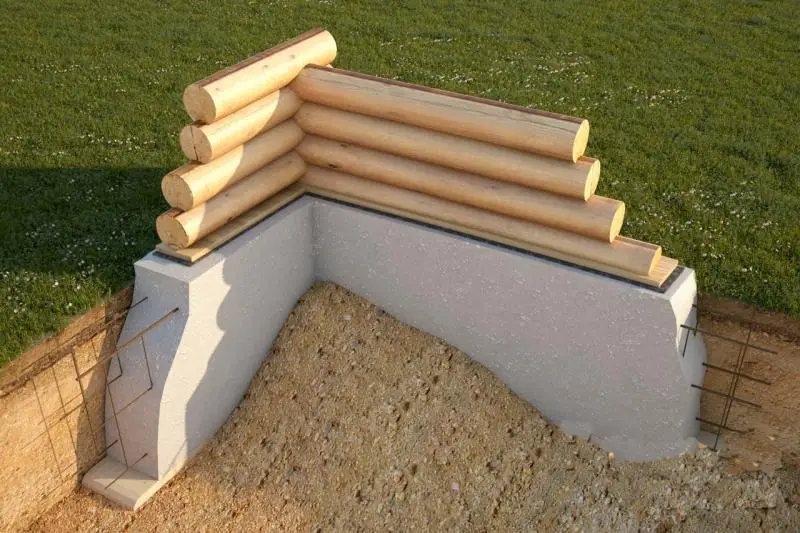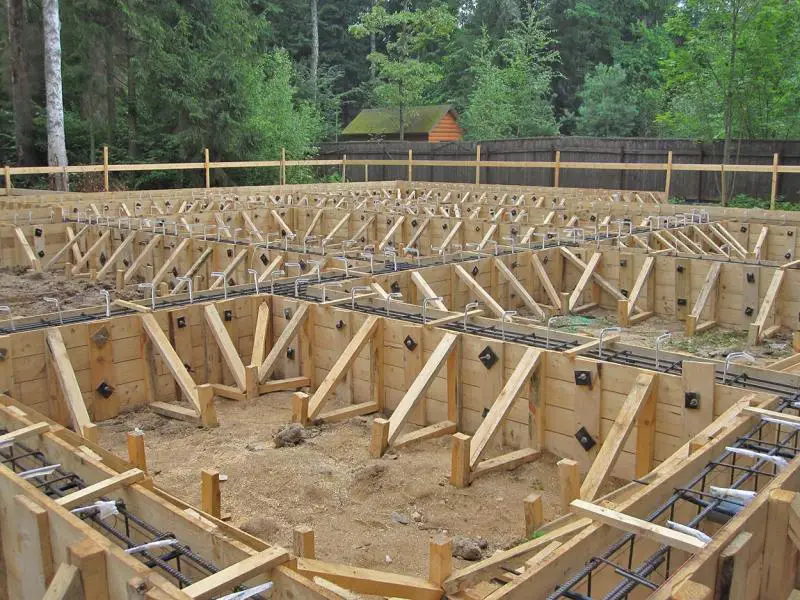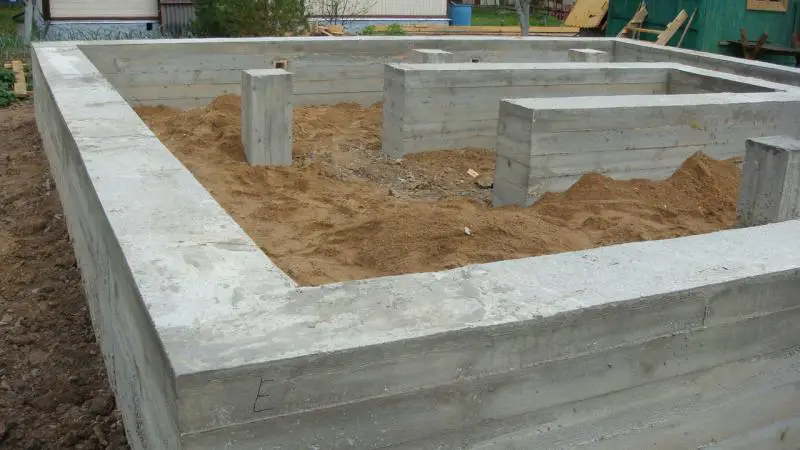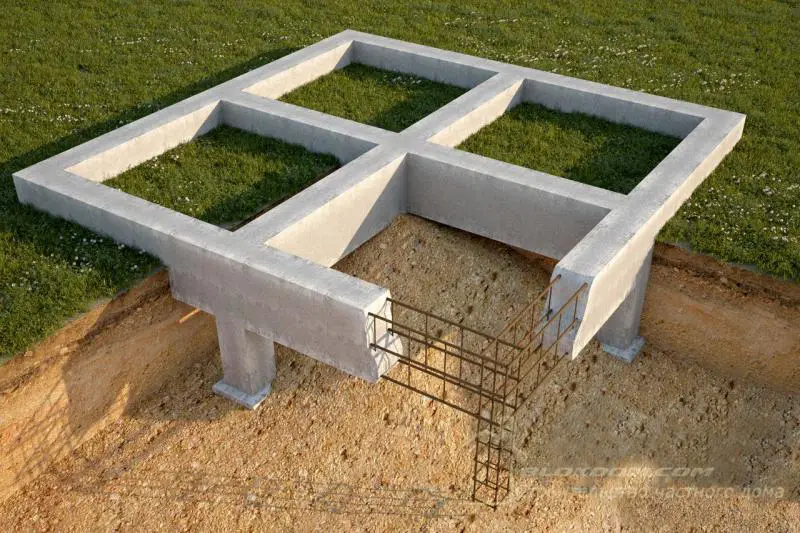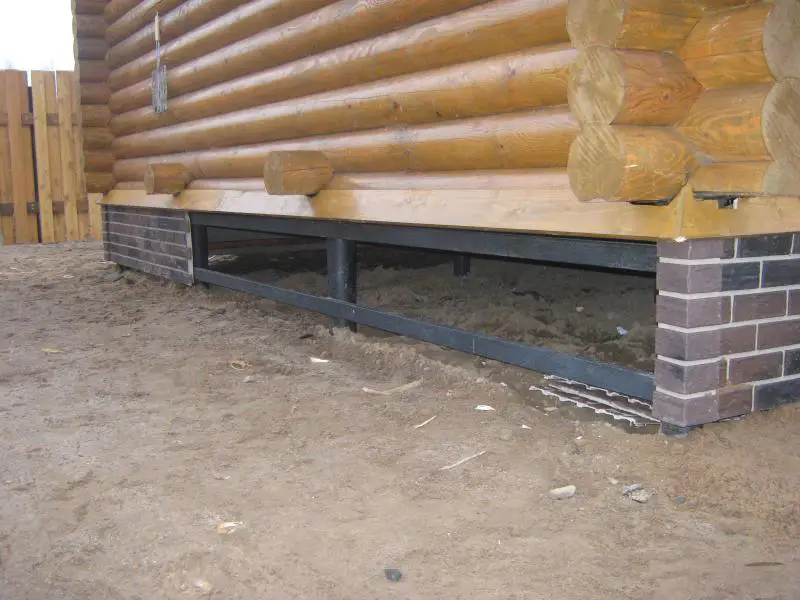There can be your advertisement
300x150
Wall Waterproofing
To ensure a building—regardless of its functional purpose, size, or construction material—lasts as long as possible, owners must protect it from the harmful effects of moisture. This is achieved through waterproofing of walls, floors, and roofs. Moisture protection is a vital stage in comprehensive building defense.
To ensure a building—regardless of its functional purpose, size, or construction material—lasts as long as possible, owners must protect it from the harmful effects of moisture. This is achieved through waterproofing of walls, floors, and roofs.

Maintaining moisture protection is a crucial phase in overall building security. Both exterior and interior wall surfaces require waterproofing. This is especially important in high-humidity areas such as bathrooms, toilets, and kitchens.
Today, the construction market offers a wide variety of waterproofing materials made from diverse components. Domestic and international manufacturers produce these products, and often the manufacturing location influences the cost and quality of similar-grade materials.
Generally, builders distinguish three types of waterproofing:
- coating-based,
- penetrating,
- membrane-based.
Each type is used to protect different buildings depending on their functional purpose. This specialization exists because some materials are unsuitable for residential use.
Coating-Based Waterproofing
Coating-based waterproofing is used when walls are built from brick or reinforced concrete. Common materials include:
- polymer-modified bitumens,
- synthetic resins,
- polymer-cement mortars (dry mixtures of cements and special polymer additives).
If walls are made of brick, they should first be plastered (using standard cement-sand mix) to create a smooth surface. After moisture evaporates, waterproofing work can begin.
To ensure high-quality wall waterproofing, apply a uniform layer of protective mortar. Some contractors use special primers to improve adhesion between wall and mortar.
If walls are made of monolithic reinforced concrete, no additional leveling is required. Simply clean them from excess material, dirt, and dust. Then apply a special primer (water-based or solvent-based). Only after this can waterproofing work begin.
Penetrating Waterproofing
Penetrating waterproofing is made from dry mixes (containing specially graded quartz sand, cement, and active additives).
Its principle of operation: once applied to the wall surface, it penetrates into the material’s pores, sealing them and preventing moisture ingress (at the capillary level). Notably, walls remain breathable. This method is used exclusively for waterproofing walls made of monolithic and prefabricated reinforced concrete structures.
If any barrier exists on the wall surface (e.g., cement-sand plaster, gypsum, etc.), it must be removed until only bare concrete remains. Then clean the surface thoroughly from dirt, dust, and plaster residue. This is done using sandblasting equipment or steel-bristled brushes. The goal is to ensure access to concrete pores.
After cleaning, the wall surface must be soaked with water before applying the waterproofing material.
Membrane-Based Waterproofing
Membrane-based waterproofing is made from polyethylene film, reinforced with a special mesh on both sides and then laminated for durability. Used to protect building walls and roofs from moisture damage. Commonly used in private homes and cottages, as it is completely non-toxic and has no contraindications for use.
It is commonly used during siding installation. The process involves first installing thermal insulation (basalt or glass wool) on the walls, then laying the membrane over it, securing it with small battens, and finally installing the siding.
The choice of wall waterproofing type depends on homeowner preferences and capabilities. However, for buildings intended for human habitation, the most optimal solution is polyethylene membrane.

